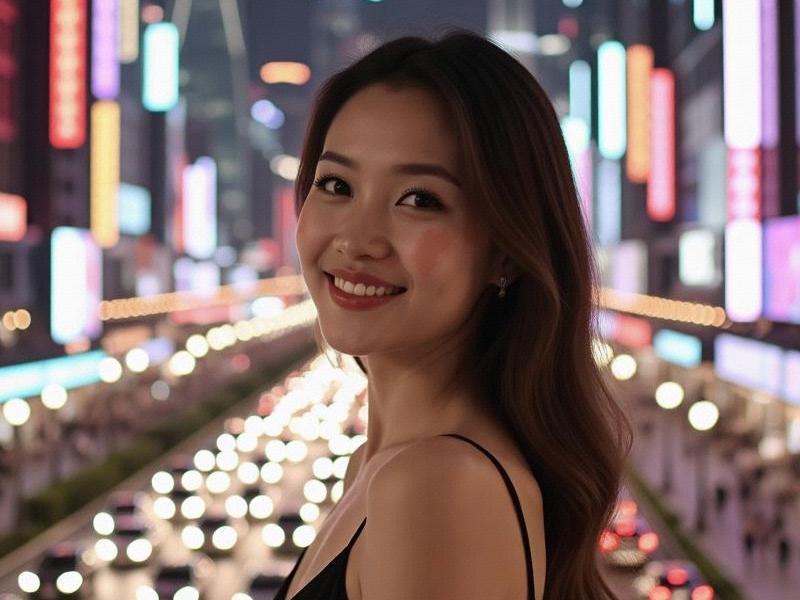
The neon glow of Shanghai's entertainment districts tells a story of transformation. Along the Huangpu River, where colonial-era ballrooms once hosted jazz orchestras, a new generation of entertainment complexes now combines cutting-edge technology with timeless hospitality. This 2,800-word examination reveals how Shanghai's entertainment venues became laboratories of cultural fusion and economic innovation.
The Karaoke Revolution
Shanghai's entertainment scene began its modern evolution in the 1990s with the KTV boom. What started as private rooms with cassette players has matured into luxury establishments like Party World and Cashbox Premium - multi-story complexes offering themed VIP suites, gourmet catering, and professional sound systems. Industry data shows Shanghai hosts over 3,800 licensed KTV venues, generating ¥12.6 billion annually. These aren't just singing rooms; they're social ecosystems where business deals intertwine with personal celebrations.
High-End Lounge Culture
The rise of Shanghai's financial sector birthed a new entertainment genre: the executive lounge. Venues like M1NT and Bar Rouge combine panoramic city views with curated cocktail programs and live jazz. These spaces serve as informal boardrooms where finance professionals unwind after trading hours. "About 40% of our members use the lounge for client meetings," reveals M1NT's general manager. "The ambiance facilitates discussions that wouldn't happen in corporate offices."
上海神女论坛 Cultural Hybridization
Shanghai's entertainment venues increasingly blend Eastern and Western elements. TAXX, one of Asia's largest clubs, features traditional Chinese architectural elements alongside German sound systems. Live music venues like JZ Club program both Peking Opera fusion bands and straight-ahead jazz trios. This cultural alchemy reflects Shanghai's identity as China's most cosmopolitan city.
Regulation and Innovation
Shanghai's municipal government has implemented a tiered licensing system that categorizes venues by size and operating hours. The 2018 "Night City" initiative established six official nightlife districts with extended operating hours. "The regulations actually helped professionalize the industry," notes nightlife entrepreneur Zhang Wei. "It pushed out shady operators and encouraged creative concepts."
爱上海最新论坛 Technology Integration
Modern Shanghai entertainment venues employ facial recognition for entry, AI-powered recommendation systems for food/drinks, and augmented reality features in gaming areas. The newly opened Galaxy Arena uses holographic technology to make performers appear in multiple locations simultaneously. Such innovations help venues compete with home entertainment systems.
Economic Impact
Entertainment venues contribute significantly to Shanghai's night economy, which accounts for over 15% of total consumer spending. The sector employs approximately 320,000 workers, from mixologists to acoustic engineers. During major holidays, premium venues report bookings months in advance from both local and visiting clientele.
夜上海最新论坛 Future Trends
Industry analysts identify three emerging trends: 1) wellness-oriented nightlife (sober bars with meditation spaces), 2) micro-venues specializing in niche experiences, and 3) temporary pop-up concepts in unconventional locations. The next frontier may be "entertainment complexes" combining coworking spaces, fitness centers, and nightlife under one roof.
As Shanghai positions itself as a global capital of culture and commerce, its entertainment venues serve as both social barometers and economic engines. They represent not just places of leisure, but stages where Shanghai's evolving identity performs nightly for an increasingly discerning audience.
